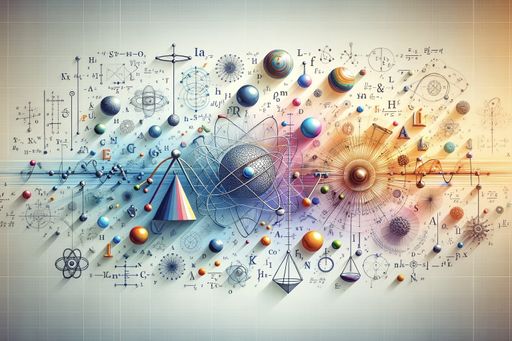Physics Feed - Page 7

Beyond the Blink: Probing Quantum Materials at Attosecond Speeds
Researchers have developed a new spectroscopy method to study ultrafast processes in strongly correlated materials, achieving sub-femtosecond resolution.

Black hole 'particle accelerators' are causing mysterious cosmic rays to rain down on Earth at the speed of light
A study uncovered how cosmic objects are sending accelerated particles through space. Jets coming from quasars and supernovae can send dangerous cosmic rays that hit Earth. For the first time, a study showed how the cosmic rays are accelerated to near the speed of light.

Arno A. Penzias, 90, Dies; Nobel Physicist Confirmed Big Bang Theory
Arno A. Penzias, a Nobel physicist who played a key role in confirming the Big Bang theory, has passed away at the age of 90.

Breaking Cosmic Speed Limits: Powerful Astrophysical Jet Challenges Existing Theories
Recent studies of SS 433 have unveiled the mechanisms behind its gamma-ray emissions, revealing how particles are accelerated within its jets. This discovery challenges existing theories and provides a closer look at the processes driving relativistic jets, crucial for understanding cosmic phenomena.

Russian Scientist Challenges Einstein's Theory of Gravity
Hamidreza Fazlollahi offers a new theory of gravity that challenges Albert Einstein's general theory of relativity.

Black hole observations solve cosmic-ray mystery
Data from an African observatory show that jets from a collapsed star are capable of producing some of the Galaxy’s fastest particles.

Room temperature superconductivity shown in graphite
Researchers in Switzerland have observed room temperature superconductivity in graphite for the first time, opening up opportunities in quantum computing.

Galaxies
According to measurements of the Cosmic Microwave Background (CMB) by the Planck mission, the age of the universe is 13.8 billion years. However, new measurements of the motions of pairs of galaxies contradict the simulations based on the Standard Model of cosmology.
